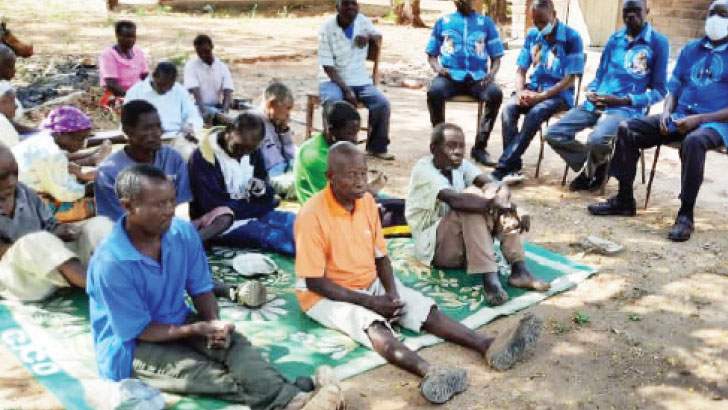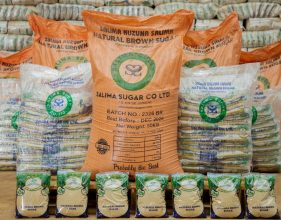Leprosy threat in Balaka
Leprosy, a serious chronic infectious disease, that causes disfiguring skin ulcers and nerve damage in the arms and legs, is resurfacing in the country, after it was declared eliminated in 1994.
According to World Health Organisation (WHO), definition of leprosy elimination is when a country is registering one case in every 10 000 people, but according to a government official, Balaka district appears to be registering two people in every 10 000 population.
There is fear that Malawi is sleeping and there is no active surveillance to detect new cases and put those affected on treatment, except for Balaka District Health Office (DHO), which is prominently active.

Balaka leprosy officer George Anafi said, in an interview last week Thursday, new leprosy cases in the district were emerging and it needed more action from all players to curb the disease.
Sue Ryder Foundation-Malawi (SRFIM) programmes officer Gift Mtupa also said, in a separate interview, that prevalence of leprosy cases in Balaka has risen—registering two people in every 10 000.
Chief government dermatologist in the Ministry of Health, Dr Kelvin Mponda said, in an interview, that Malawi, in general, has managed to have below one case with leprosy in every 10 000, but the picture in Balaka, where cases are high, is different.
Mponda said Balaka has been known to have higher leprosy cases because at Utale, there is an admission centre where other people diagnosed with leprosy from neighbouring districts go.
He said on top of a leprosarium centre which still exists in Balaka, unlike in other districts where such centres were closed, there is also a village in the district called Lepra, where people with deformities are found.
“There is an increase of cases in Balaka, children inclusive. And when you begin to detect this disease in children, it means transmission is still there. Other districts where we still have leprosy are Mchinji, Lilongwe, Machinga, Mangonchi, Nkhata Bay, Salima, Nkhotakota and Blantyre.
“The country and people must realise that leprosy is still around. Leprosy has long incubation period, meaning you may have it but it may take from two to 20 years before you may start showing signs,” Mponda said.
He said it is a disease people contract through contacts, and once one is found with it, there must be a follow up on their social and neighbour contacts to have them examined.
“People may have the disease for some time, but have no deformities. As a country, we don’t speak much about leprosy. We have doctors or technicians that finish their courses, but without knowledge about the disease.
“I have attended to patients diagnosed with leprosy, but all they were earlier told when they were handled by some doctors, was that they had rash. It may sound as a joke, but this is real. We have doctors around who do not know how leprosy looks like,” he said.
Mponda said treating leprosy is not a problem, but the problem is that the drugs are found in district hospitals, not accessible to the wider population that lives in rural areas. He suggested that government must train its medical personal on leprosy.
Mponda said he did a study in Balaka and, among the setbacks he established about leprosy, was that those diagnosed with it could get medication, but were not returning to the hospital for further medication due to transportation challenges from their remote areas.
“There is need to decentralise so that the drugs could also be found in rural health centres,” he said.
Anafi said it was important for the whole nation to be on alert and put up active surveillance to eliminate the disease, insisting that it is not only Balaka that has cases.
“The problem, as a country, is that we have overslept by doing absolutely nothing to arrest new cases. We are doing the old ways of case-finding while elsewhere new technologies are being deployed,” he said.
Balaka registered 61, 50, 60, 45 and 50 leprosy cases in 2016, 2017, 2018, 2019 and 2020 respectively, according to Anafi.
“What we are doing here is to identify the cases and put them on medication. The figures have been fluctuating,” Anafi said.






One Comment